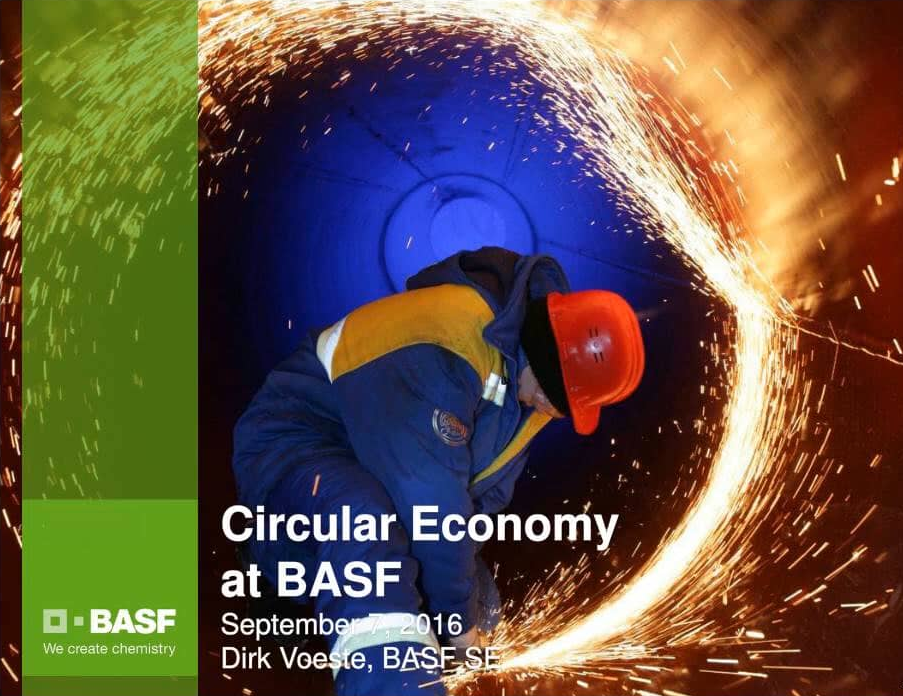I just finished wrapping up five presentations (two that I personally worked on) about bio-based chemicals and bioeconomy for the incoming Nova Institute Bio-Materials conference next week in Cologne, Germany,(which my colleague, Philippa Davies will give the presentation) and for the Asia Petrochemicals Industry Conference (APIC) which will be held on 18-19 in Sapporo, Japan. This month is a very busy month for us at Tecnon OrbiChem but if you’re attending to any one of the meetings on this link: https://www.linkedin.com/pulse/its-bio-season-may-doris-de-guzman, send me a message if you want to meet and chat.
In the meantime, I’ve been seeing BASF posting more about its sustainability initiatives and here’s an interesting one about its announcement on joining the Ellen MacArthur Foundation initiatives for circular economy.
For those who are not familiar with the concept of Circular Economy, here’s a nice simple explanation from the Foundation on YouTube (I love YouTube!)
Europe is actually more active in the concept of Circular Economy while others are trying to catch up and even just wrapping their heads about the Bioeconomy concept (which is one of my presentation at APIC). This is actually what the Green Chemistry Principle is all about but just in a broader sense I guess.
The Ellen MacArthur Foundation also recently released a report, “The New Plastics Economy: Rethinking the future of plastics”, which provides a vision and concrete steps towards applying circular economy principles to global plastic packaging flows where plastics never become waste.
Assessing global plastic packaging flows comprehensively for the first time, the report finds that most plastic packaging is used only once; 95% of the value of plastic packaging material, worth $80-120 billion annually, is lost to the economy. Additionally, plastic packaging generates negative externalities, valued conservatively by UNEP at $40 billion.[1] Given projected growth in consumption, in a business-as-usual scenario, by 2050 oceans are expected to contain more plastics than fish (by weight), and the entire plastics industry will consume 20% of total oil production, and 15% of the annual carbon budget.[2]
The New Plastics Economy, outlined in this report, envisages a new approach based on creating effective after-use pathways for plastics; drastically reducing leakage of plastics into natural systems, in particular oceans; and decoupling plastics from fossil feedstocks.
Back to BASF’s announcement, the company joined the New Plastics Economy initiative so it can work closely with other participants to accelerate the transition towards a circular economy for plastics (e.g. from feedstock to manufacturing to recycling/composting) since BASF has a wealth of expertise in these departments. BASF also joined the Foundation’s “Circular Economy 100” program to drive not only the concept within its own operations but also the realization of circular economy together with other innovators and organizations.
Here is BASF’s own recent video explaining the incorporation of Circular Economy to its own operations.
[1] United Nations Environment Programme, Valuing Plastic: The Business Case for Measuring, Managing and Disclosing Plastic Use in the Consumer Goods Industry(2014).
[2] This is the budget that must be adhered to in order to achieve the internationally accepted goal to remain below a 2°C increase in global temperatures




